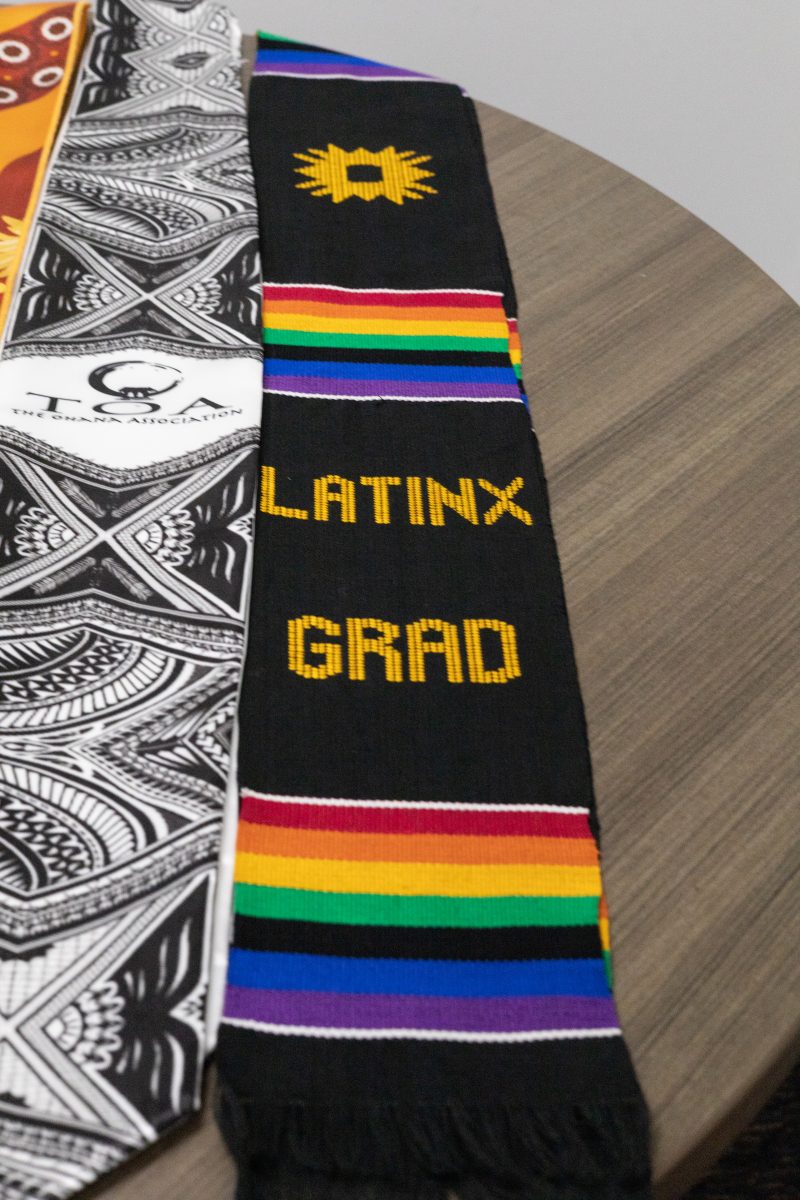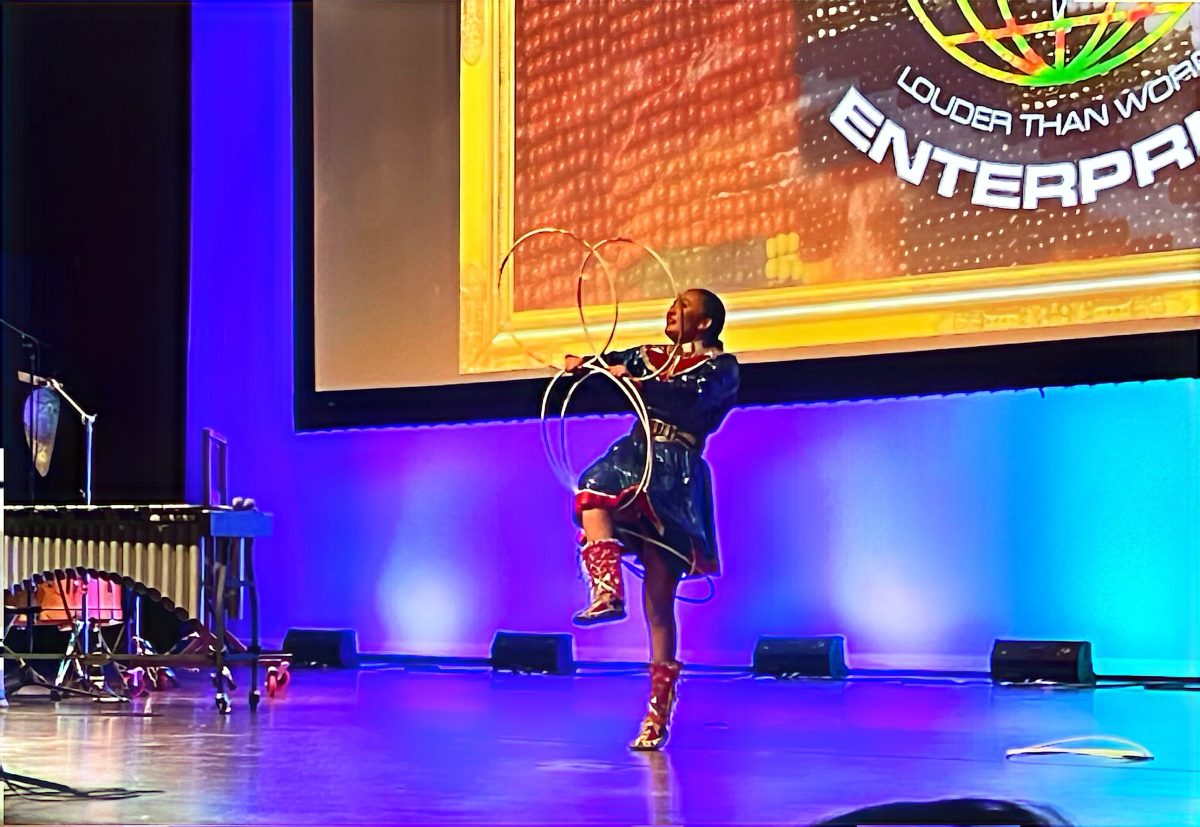
Even if you’re not familiar with the film, you’re probably familiar with its most iconic scene: Neo dodging bullets in exaggerated slow motion. Twenty years later, the scene may have moved from awe-inspiring to campy, but I contend “The Matrix” still stands as the best kung-fu movie about the Bible there is.
“But why are we talking about ‘The Matrix?'” the concerned reader asks. Well, this year is the twentieth anniversary of the original film, and the trilogy just became whatever you call something with four installments (a quadlogy?). Toby Emmerich, Warner Bros. Picture Group chairman, has confirmed a fourth Matrix movie is in the works, according to The AV Club.
Keanu Reeves and Carrie-Anne Moss will reprise their roles as Neo and Trinity, respectively; however, Laurence Fishburne will not return as Morpheus. According to Variety, the rumor mill has it that Morpheus will instead return as a younger man. A speculative Donald Glover, anyone?
Of course, fans of “The Matrix” should be excited for a return; as any true fan knows, despite being sold as a trilogy, there’s only one Matrix movie. In fairness, there may be two, but definitely not three. Returning to the franchise two decades later allows the Wachowski siblings a chance to expand on their vision and perhaps redeem the later films.
The return allows one Wachowski back in as writer, producer and director: Lana has returned while Lilly is apparently out, according to The AV Club. Meanwhile, in classic Wachowski movies-should-be-about-real-world-problems fashion, Lana issued an official statement arguing the relevance of a 20-year-delayed return.
“Many of the ideas Lilly and I explored 20 years ago about our reality are even more relevant now. I’m very happy to have these characters back in my life and grateful for another chance to work with my brilliant friends,” she said.
She’s right; the relevance of “The Matrix” in today’s world really can’t be understated, but it might not be relevant for the reasons the Wachowskis intended when they crafted a movie originally about belief. People like Elon Musk and other Silicon Valley tech geniuses actually think there’s a significant chance the world is a computer simulation.
I’ll let that sink in.
At a June 2016 California Code conference, Musk famously remarked that there’s a “billion to one chance” we live in a simulated reality, according to The Guardian. For the statistically-illiterate out there, that’s really high.
Musk, though, isn’t even the person most worried about the possibility. In the same year, The New Yorker profiled Sam Altman, chairman of Y Combinator, a company that helps launch other companies, like Reddit, Dropbox and Airbnb.
In the interview, Altman suggested that the simulation hypothesis isn’t as strange as it seems, arguing that we’re basically enslaved by our phones already. The profile also claimed two unnamed tech billionaires are worried enough about the simulation hypothesis to fund scientists in secret to break us out of the simulation.
Whether we actually live in a simulation or not, we’re going back to a movie franchise in which the characters do. Despite being so full of evil technology, though, at their core “The Matrix” movies are about faith. Arguably, they can be taken as a triumph of the power of the human spirit over technology. In order to become “The One” in the first installment, Neo has to suspend his disbelief and accept that the simulated world he sees is not the one he actually lives in.
Biblical references run rampant in the films as well. Neo comes back from the dead, Morpheus’ ship is called the Nebuchadnezzar and Carrie-Anne Moss’s name in the series is Trinity. As if that weren’t on the nose enough, the only safe human city in the world is named Zion.
Then, the action in the movies is delivered through fight scenes reminiscent of “Enter the Dragon,” only Neo’s enemies usually begin the fights by shooting at him. All three of these seemingly disparate elements — evil robots, belief and kung-fu fights — still somehow combine into, in most critics’ opinion, a great movie. As one New Yorker reviewer put it in a 2013 review, “The movie is nonsense, but it does achieve a brazenly chic high style — black-on-black, airborne, spasmodic.”
The franchise may be nonsense. I wish I could have been at the pitch meeting for the movie — yeah, um, it’s about people living in a false reality and they all fight Hugo Weaving using martial arts wearing sunglasses indoors.
However, something about the movie has stuck in the cultural consciousness enough that, even without seeing the film, people recognize the phrase The Matrix as describing a computer simulation; moreover, people actually believe the world is a super-advanced computer program.
Ultimately, we’ll just have to see if Lana and the cast can deliver another film as thought-provoking, visually interesting and culturally impactful as “The Matrix” in a world where the most successful movies at the box office are, more often than not, the latest installment in a superhero franchise. Maybe the production team can just invent new film-making techniques like they did the first time in order to produce as-yet-unseen special effects.
But for me, it’ll be enough to see Keanu Reeves punch bad guys in slow motion. Sorry John Wick, your action sequences aren’t egregious enough — that, and “The Matrix” didn’t kill a dog.



















